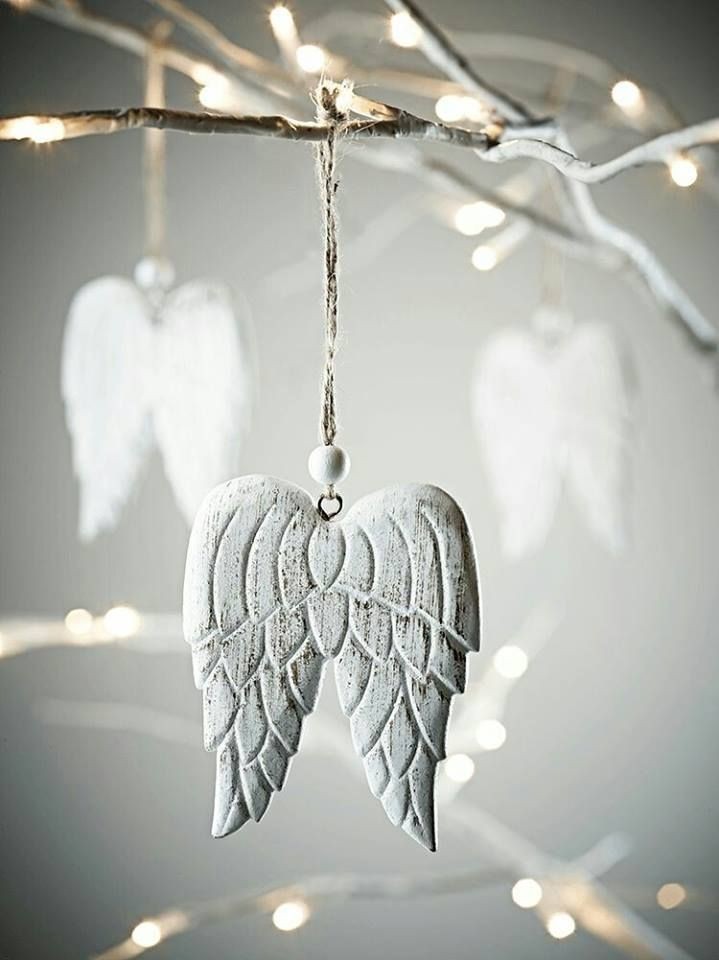Fabric Healing Therapy in Ghana: The Power of Textiles for Mental Well-Being
- Koöko Fleurs
- May 8
- 2 min read
Updated: Sep 6

Textiles have long been a source of cultural identity, storytelling, and emotional healing. In Ghana, fabrics such as Kente, Adinkra, and Ntoma hold deep symbolic meanings, serving as tools for self-expression, personal empowerment, and even mental health therapy.
By integrating colors, patterns, and symbols into fabric healing therapy, we can harness the emotional and psychological impact of traditional textiles to promote well-being, mindfulness, and cultural connection.
The Symbolic Power of Ghanaian Textiles
1. Adinkra Symbols: Wisdom Woven into Fabric
Adinkra symbols are visually striking hieroglyphic-like designs, each carrying a unique philosophical meaning. Used in textiles, these symbols serve as emotional guides, helping individuals reflect on resilience, wisdom, and strength.

- Duafe (wooden comb) – Represents self-care, cleanliness, and love, encouraging healing practices rooted in personal well-being.
- Eban (fence) – Symbolizes security and protection, reinforcing mental and emotional stability.
- Nkyinkyim (dynamism & adaptability) – Encourages inner transformation and perseverance, helping individuals manage change and personal growth.
2. Kente Cloth: Color Psychology in Textile Therapy
Kente weaving is one of Ghana’s most renowned art forms, with vibrant colors carefully chosen to represent emotions, values, and aspirations.
- Gold – Wealth, prosperity, and emotional upliftment
- Red – Strength, vitality, and boldness
- Blue – Peace, wisdom, and spiritual depth
- Green – Growth, renewal, and hope
- Black – Maturity, wisdom, and spiritual awareness
In fabric healing therapy, color selection can enhance emotional restoration by channeling these cultural meanings into a therapeutic process.
3. Ntoma & Pattern Storytelling
Ntoma (printed cotton fabrics) often feature patterns inspired by proverbs, symbols, and nature—each telling its own story. Some common patterns reflect themes of healing, identity, and resilience:
- Ahwene Pa N’Kasa ("Good beads don’t speak") – Symbolizes that true quality is seen through actions rather than words, reinforcing inner confidence and self-worth.
- Eban Print (Fence) – Often worn to promote protection and security, helping individuals feel grounded and emotionally safe.
- African Floral & Fauna Prints – Represent growth, renewal, and nature’s healing power, fostering mindfulness and tranquility.
Integrating Fabric Healing into Mental Health Therapy - Mindfulness Through Textile Engagement
Fabric healing therapy in Ghana can be integrated into art therapy, meditation, and emotional expression:
- Wearable Healing – Choosing textiles based on symbolism and color therapy to reinforce positive emotions.
- Sensory Comfort – Using soft fabrics with calming textures to reduce stress and anxiety.
- Creative Expression – Allowing individuals to design or modify their textiles as a form of emotional storytelling.

Cultural Identity & Healing
For many individuals, especially those reconnecting with their heritage, using traditional Ghanaian textiles in therapy offers a powerful sense of belonging and grounding. Whether through wearing symbolic fabrics, creating textile collages, or exploring personal connections to patterns, this form of therapy strengthens cultural pride and emotional resilience.
Textile Therapy as a Path to Healing
Ghanaian textiles hold generations of wisdom, emotional depth, and cultural identity. Through color psychology, symbolic storytelling, and sensory mindfulness, fabric healing therapy provides an immersive and meaningful approach to mental well-being.
By understanding and embracing the power of textiles, individuals can foster self-expression, emotional balance, and cultural connection—weaving healing into every thread.











Comments